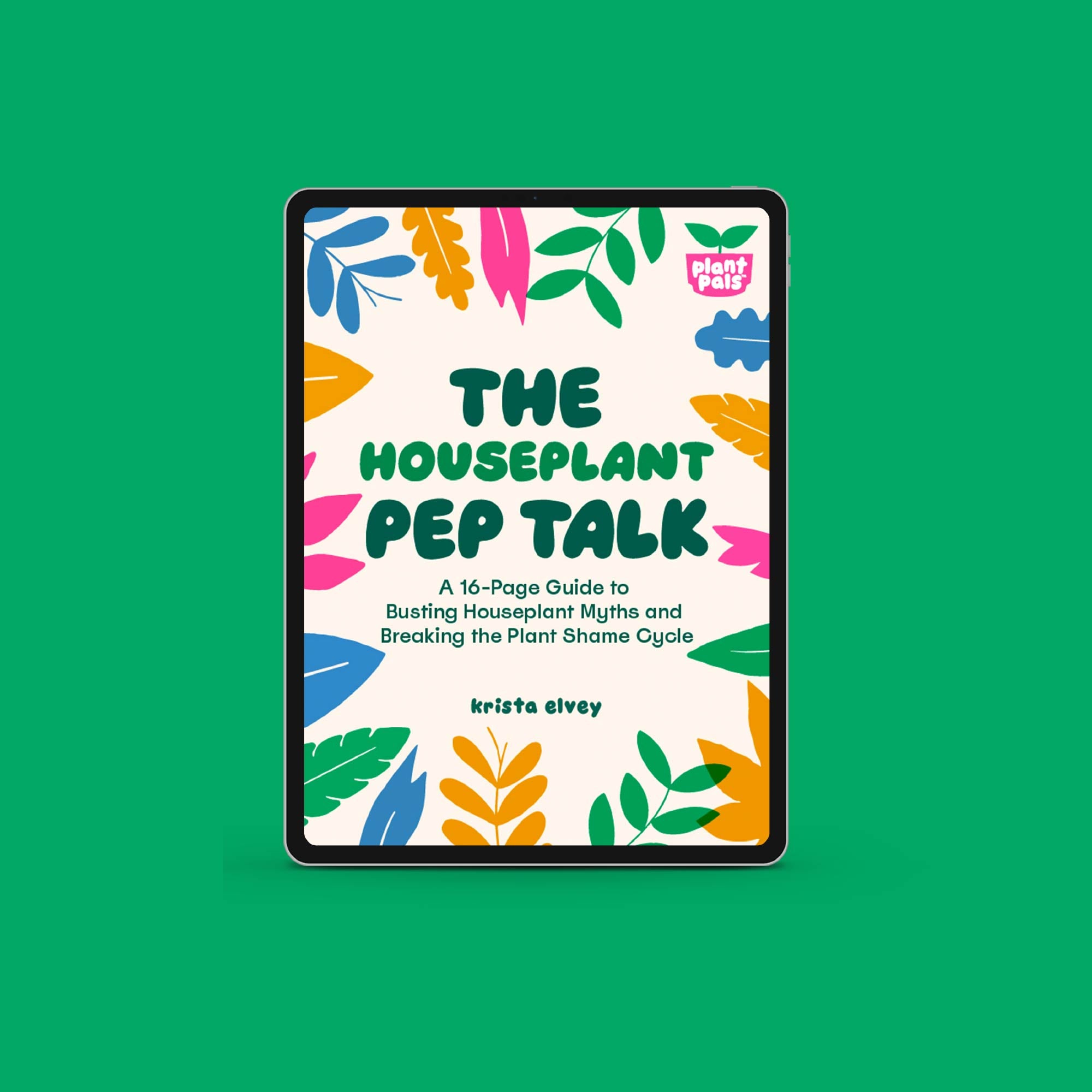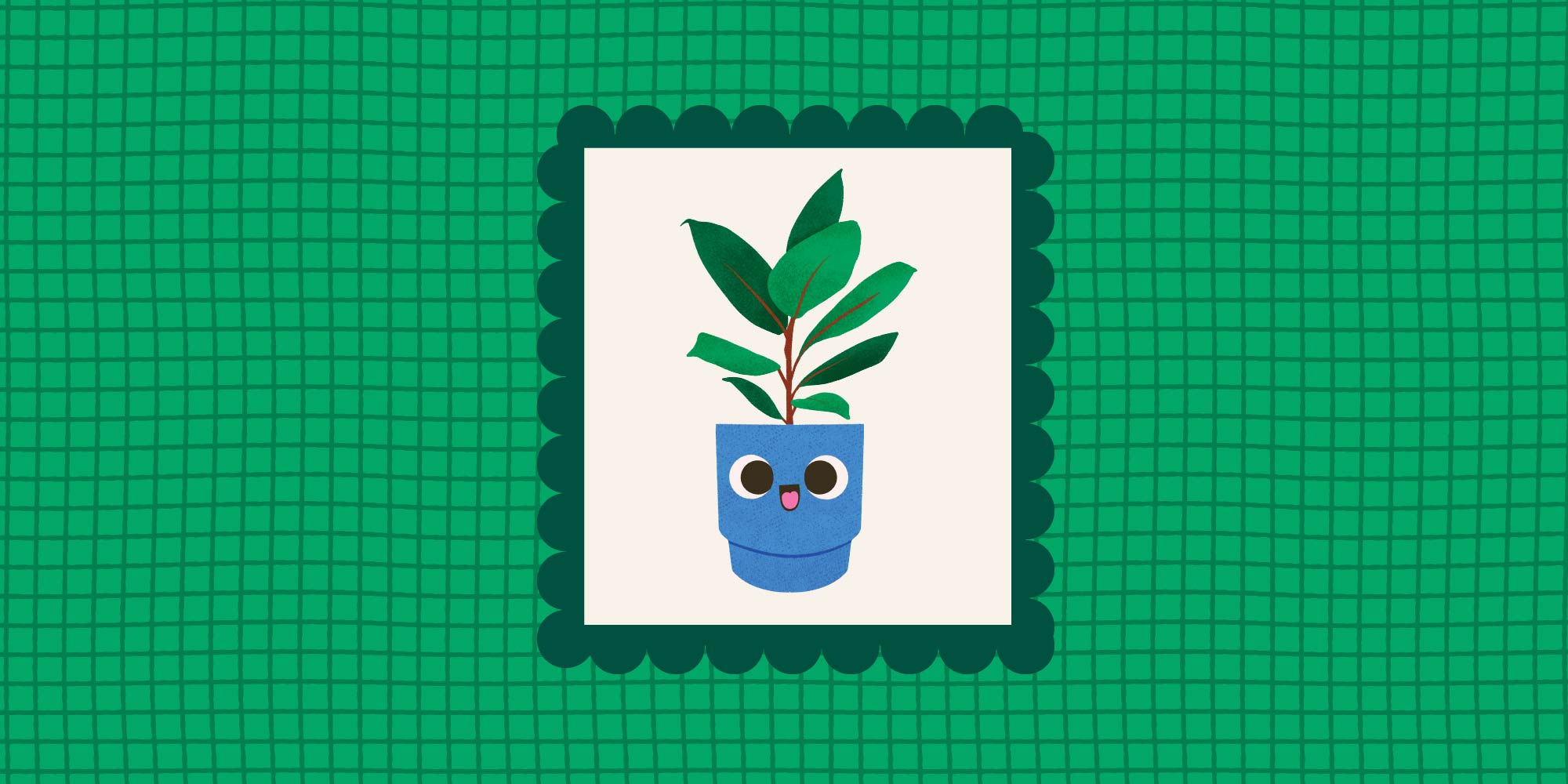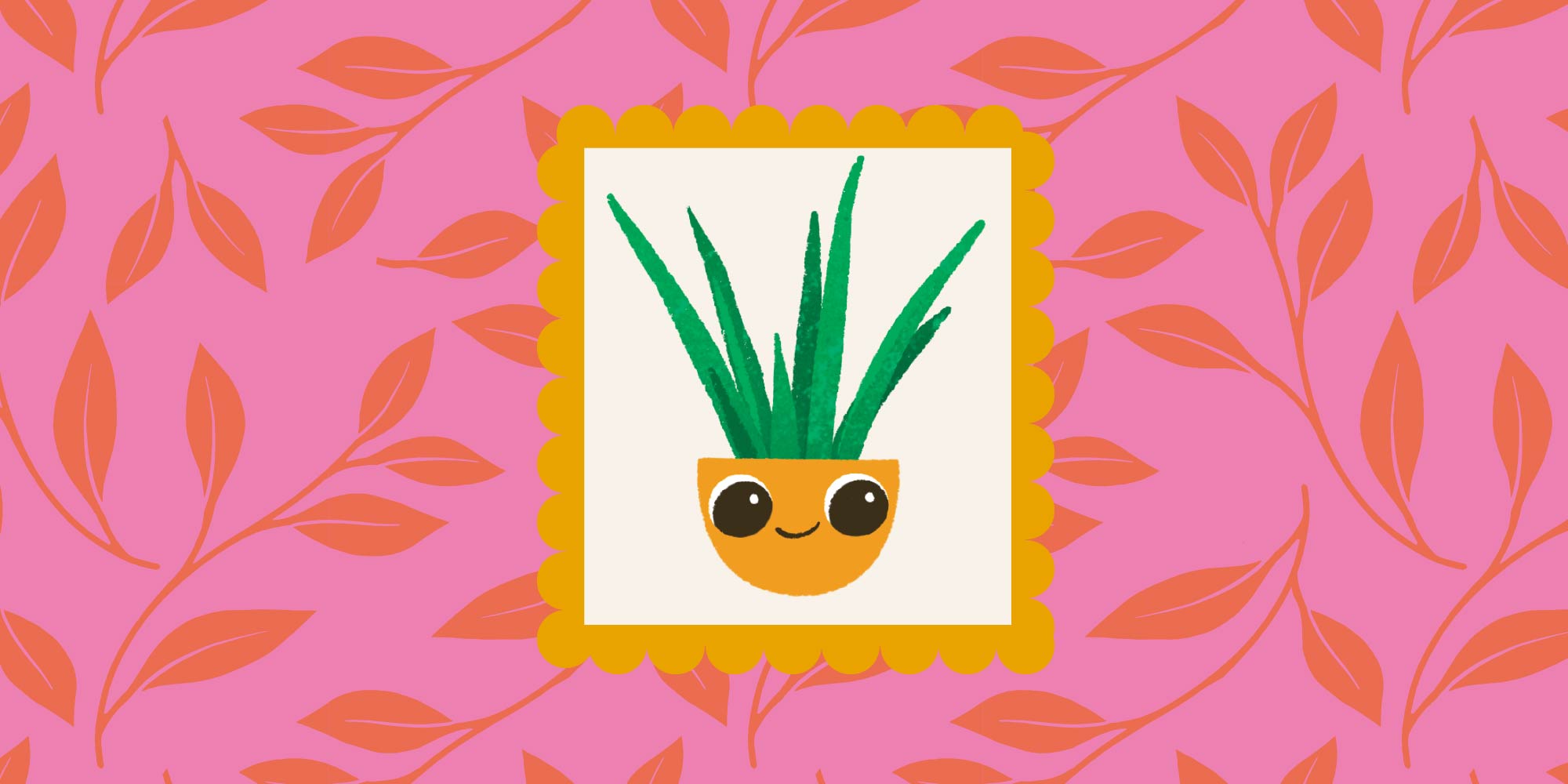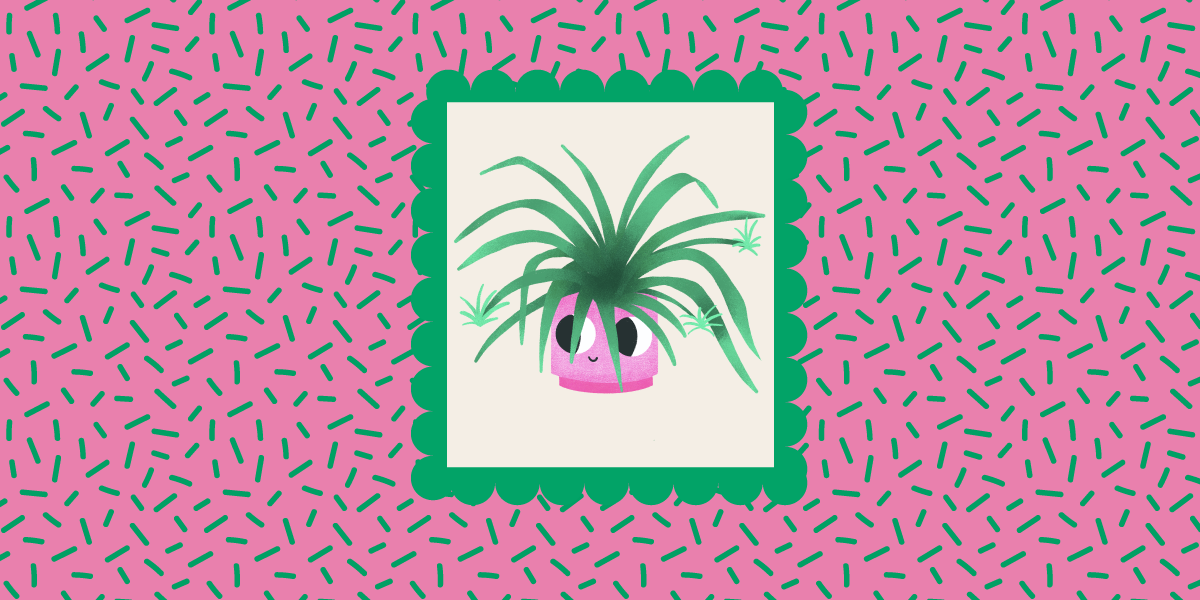Water and Houseplants: 3 Lessons Every Beginner Should Know
Plants need water. Therefore, we should water them. Problem solved, right? Not quite.
Like the other members of the Plantastic Six Pack, watering is easy to learn, but hard to master. No two plant species are the same, and a one-size-fits-all approach to watering your Plant Pals means you’ll almost certainly dehydrate some and drown others.
That’s why I’m sharing the 3 lessons about watering your houseplants I wish I had learned when I was a newbie Plant Person.
Lesson 1: Most plants die from overwatering and/or underlighting, NOT underwatering.
It’s true, and it changed my life.
Overwatering doesn’t mean the amount you give your plant at one time.
Overwatering is about how frequently you water your plant in general.
Mind blown, right? Well, consider it this way: When we think about eating too much, it’s usually a situation where we ate too much in one go. For plants, it’s different. The water and moisture in their soil is accessed as it is needed throughout photosynthesis.
If a houseplant has been getting more light than usual, it will likely use more water, and the additional sunlight will contribute to the soil drying out more quickly. A sunny week could leave your Plant Pal parched within days; if things are overcast, it could mean that they’re still hydrated for a week or more.
And where does lighting come into play? All of the things that plants need to survive like light, water, temperature, etc, all work together. Think of it like how all of our bodies' systems work together. As we learned earlier, our homes are usually not as bright as we think they are and therefore our plants might not be getting enough light. When they don’t get enough light, they aren’t using as much water (which is a critical component to photosynthesis) so they aren’t processing the water as quickly as they would if they were getting their preferred level of lighting, which leads to overwatering. Everything is connected!
It’s hard for beginners to to understand when their Plant Pal has dried out enough to be ready for more water. And for most people, if they see any negative symptoms (losing leaves or yellowed leaves, for example) they’ll immediately assume their plant needs more water. This then only contributes to the overwatering problem.
So how can you help avoid this while you get to know your Plant Pals better? Do these three things...
- Make sure every plant you own is in a pot with drainage holes. Don’t worry, you can still use that pretty ceramic pot you bought that doesn’t have a drainage hole. Just keep the actual plant in a nursery pot with drainage holes and place it within the ceramic pot.
- Do the Chopstick Test before you water.Gently wiggle a dry chopstick into your plant’s soil, leave it for a few seconds, and then remove it. Wet soil will stick to the chopstick, and dry potting mix won’t. If your chopstick comes out bone dry, it’s time to water your plant! If you want to be fancy, you can also purchase a soil moisture meter. Note: You want to be careful to not damage the plant’s roots, so the Chopstick Test is not meant to be done every time you water. But it is a useful method to get to know your plant in the beginning.
- Remember to only water when needed.How frequently your Plant Pal needs water will change throughout the year. Keeping record of waterings on your Rootine Recorder will help you to get to know their needs better. Here are just a few factors that impact when a plant needs water: light levels, temperature, airflow, stage of growth, and the plant pot material.

Lesson 2: How to water your plants the right way.
It might sound obvious, “just pour water onto the soil, right?” But there are two details that will help set you up for success when watering your plants.
When you water your plant, follow these two rules:
First off, make sure the soil is fully saturated. You can do this by pouring the water slowly until excess water starts to flow out from the drainage holes (which as we learned, are crucial!). If the soil has fully dried out before you water, you may need to do this a few times. This is because when soil becomes too dry, it becomes hydrophobic and it won’t absorb the water right away. Think of it like trying to dampen a brand new sponge.
Secondly, only water with room temperature water. This is another case of us treating our plants like we would ourselves. Who doesn’t love a cold glass of water on a hot day, right?
It turns out your plants don’t! Hot water could burn and damage the roots, and cold water could put them in shock. Both can lead to lasting damage.
In nature, plants are unlikely to be exposed to water that is as cold as what comes out of our taps. And just like falling into a freezing lake would send our bodies into a state of shock, the same is true for a houseplant’s root system if you saturate its soil with cold water.
So, keep things room temperature and your Plant Pals will thank you!

Lesson 3: You shouldn’t water on regular intervals.
It’s easy to treat watering like any other household task; do it on a regular schedule in between other chores, and move on with your life. That’s how I used to do it. And that’s also how I confidently overwatered my plants to death!
If you water on a regular schedule, you’re robbing your plant of the opportunity to enjoy its own cycle of absorption and diffusion.
Each type of plant is used to a wet/dry cycle based on their original climate. Tropical plants are used to long periods of rainfall followed by a long drying-out period, for example. If you use the techniques we discussed earlier to step back and observe what your Plant Pals preferred watering cycles are like, you can avoid the threat of overwatering and help them be happy and healthy for years to come!

How can all this help you today?
With these lessons in hand, you’ll officially be able to dodge the single most common cause of death for houseplants. Yay!
Issues around watering houseplants are very common, but they’re also very avoidable. You’ll be able to navigate them with confidence.
If I had these lessons years ago, I wouldn’t have had to put myself (and my poor Plant Pals) through so many cases of mushy, stinky, root rot. You’re not missing out, I promise.
If you want to keep on growing, catch up on the other Plantastic Six Pack blogs here!



